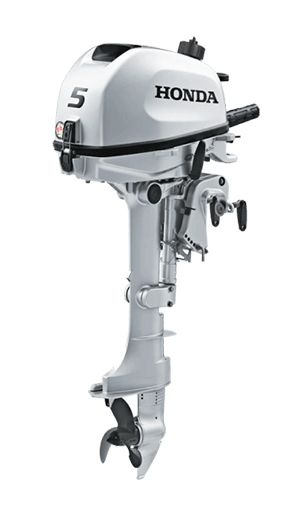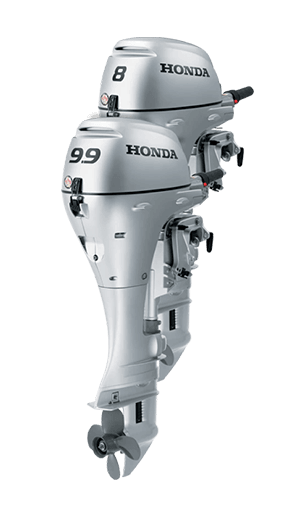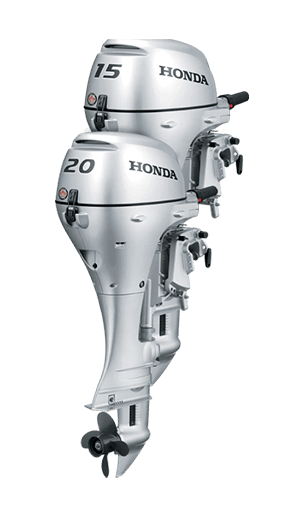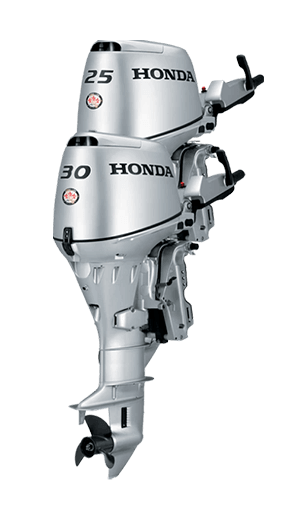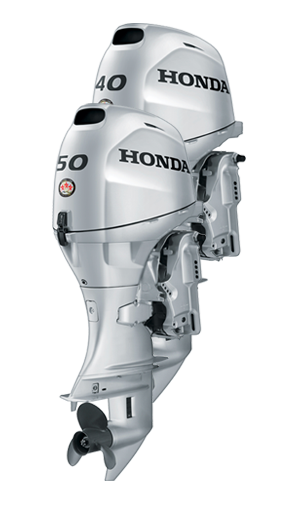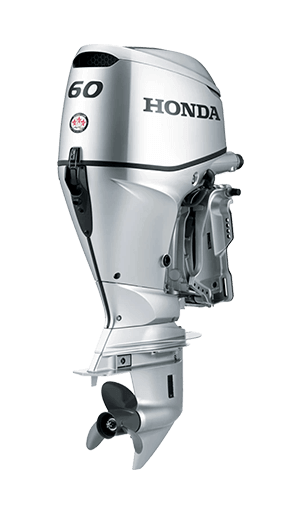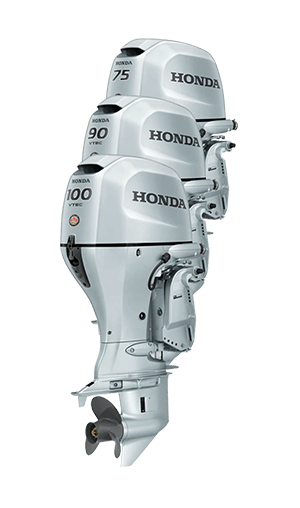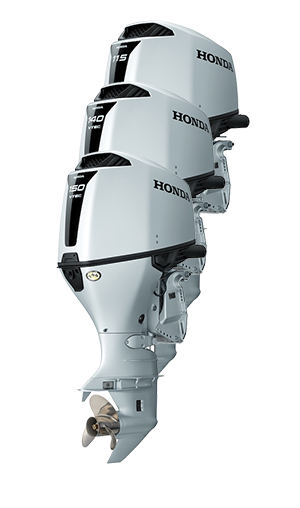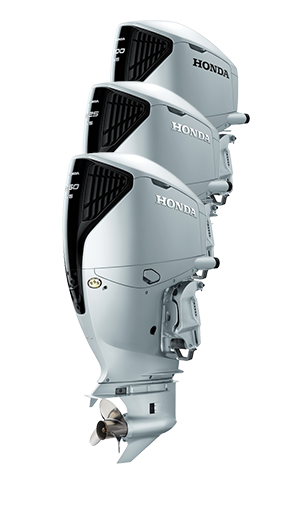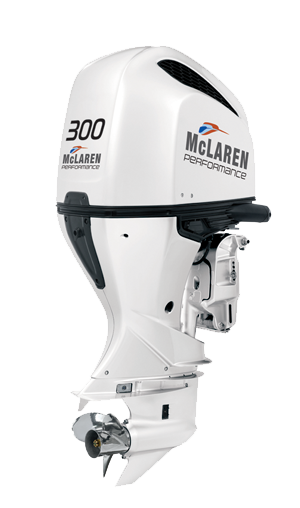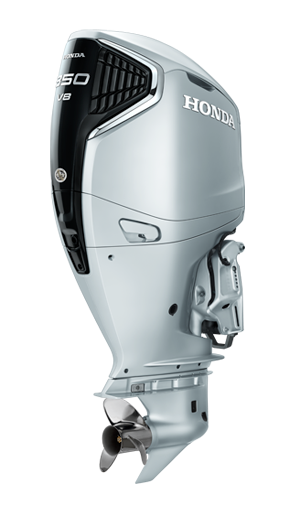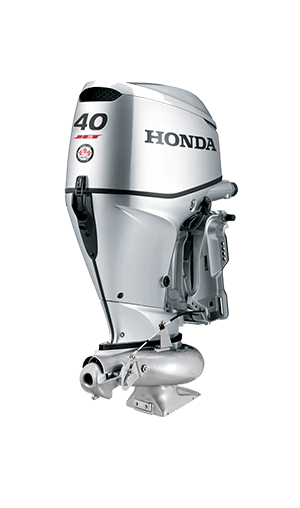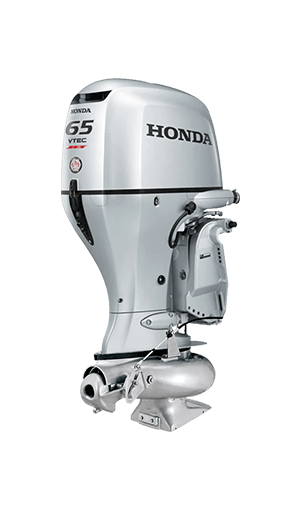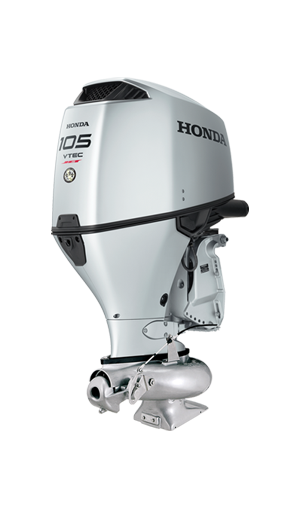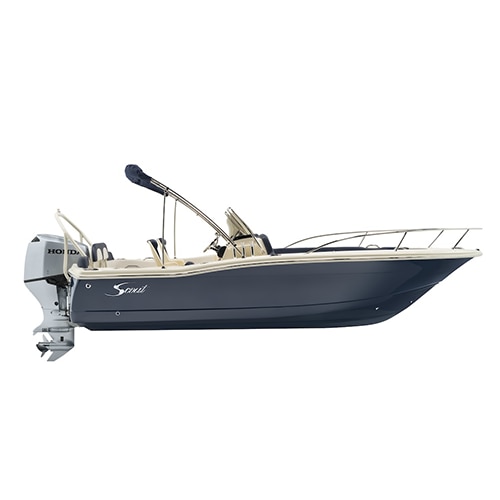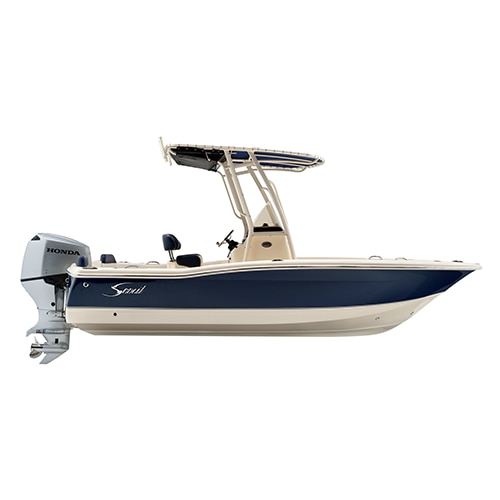Fuel Recommendations
What kind of fuel should I use in my Honda Marine engine?
Honda engines are designed and certified to run on regular unleaded gasoline.
Gasoline is allowed, by regulation, to contain a variety of additives. The same
regulation limits how much of some additives, such as alcohol, can be included in
the fuel and still be sold as gasoline. If you look in a Honda product
owner’s manual
, you will see that a maximum of 10% ethanol is allowed
in gasoline (other oxygenates are also listed). Honda engines are designed for good
performance and efficient operation using gasoline containing from 0 to 10% ethanol.
E85, a mixture of 85% ethanol and 15% gasoline, has been in the news recently. E85
is an alternative fuel; it is not gasoline. Honda Marine engines are not currently
designed or certified to run on E85 or any other alternative fuel.
Always refer to your Honda owner’s manual for a list of recommended fuel and
the current approved additives.
How long can I leave gas in the tank?
The length of time that gasoline can be left in your fuel tank and carburetor without causing functional problems will vary depending on a variety of factors.
- Fuel formulations vary by region. Depending on the region where you operate your outboard, fuel may deteriorate and oxidize more rapidly (in as little as 15 days). Please check with your servicing dealer for storage recommendations and precautions specific to your region.
Other factors include:
- The air volume in a partially filled fuel tank promotes fuel deterioration.
- Very warm storage, high humidity and variable temperatures accelerate fuel deterioration.
- Fuel deterioration problems may occur in less than 30 days if the gasoline was not fresh when you filled the fuel tank. Purchasing fuel from a busy, reputable gas station is recommended.
Instructions regarding the maintenance and storage of your specific outboard model are contained in the STORAGE section of your Honda owner's manual . This section covers all aspects of storage such as adding fuel stabilizer and draining the fuel tank and carburetor, as well as storage precautions and removal from storage.
What kind of problems can occur from old gas?
In storage, gasoline immediately starts to oxidize and deteriorate. The older it gets the more it deteriorates and the more likely it will cause hard starting, performance issues and gum deposits that clog the fuel system.
If the gasoline in your fuel tank and carburetor has significantly deteriorated during storage, you may need to have the carburetor and other fuel system components serviced or replaced.
Are gas-related issues covered under warranty?
The Distributor's Limited Warranty does not cover fuel system damage or engine performance problems resulting from deteriorated fuel.
Can I use E85 in my Honda Marine Engine?
E85 contains 85% ethanol and must not be used in Honda Marine outboards.
Using fuels with percentages of ethanol or methanol higher than 10% may cause starting and/or performance problems. Such use may also damage metal, rubber, and plastic fuel system components.
Using a fuel with percentages of ethanol or methanol greater than 10% may cause engine damage or performance problems that are not covered under the Distributor’s Limited Warranty .
How can I tell how much ethanol is in my fuel?
A gasoline/alcohol tester, tool number 07APJ-001A200, is available to determine the percentage of ethanol in a fuel sample. The tester can be ordered from American Honda Parts Department through your local Honda Marine dealer.
Other interesting facts about ethanol
- Ethanol is produced from corn, soybeans, sugar cane, or other organic material. It is blended with gasoline (10% ethanol, 90% gasoline) to produce E10.
- Ethanol has 28% less energy density than gasoline, so it reduces fuel efficiency.
- Ethanol is an excellent solvent, drying agent and cleanser. It will clean or dissolve some parts of, and deposits in, fuel storage and fuel delivery systems, including some fuel tank materials. The dissolved material can clog filters or pass through and leave deposits on fuel injectors, fuel pumps, fuel pressure regulators, carburetor jets, intake tracts, valves, and valve guides.
- Ethanol is hygroscopic, which means it attracts and retains water. The lower the fuel level in the tank, the more likely you will experience water contamination. If the contamination is severe, a layer of alcohol/water can form at the bottom of the fuel tank. This is called phase separation, and can cause damage to the fuel tank and engine.
To help prevent water contamination problems when using a gasoline/ethanol mix:
- Keep your fuel tank as full as possible with fresh fuel and out of direct sunlight.
- Install additional water separating fuel filters in your boat and keep spare filters on-hand.
- Use a fuel stabilizer along with fresh fuel when your boat is stored (follow the procedure noted in your owner’s manual to ensure proper storage).
- Use a gas station with a reputation for quality fuel.
- Know the specific fuel laws for your state as laws and fuel composition change often.






